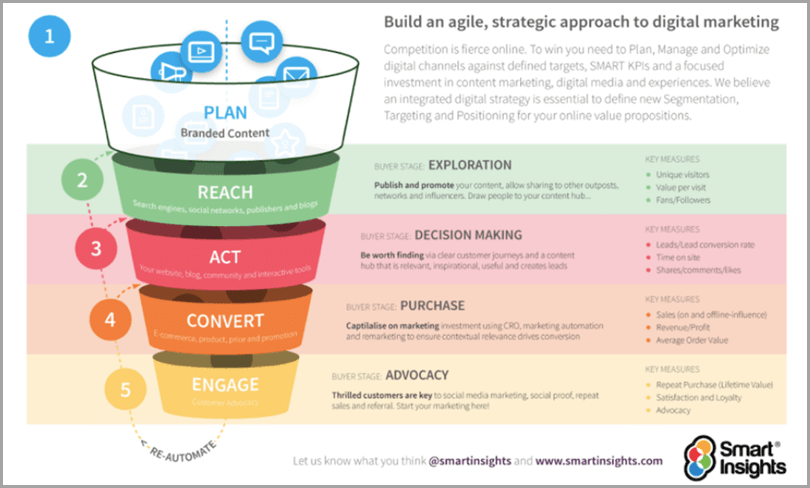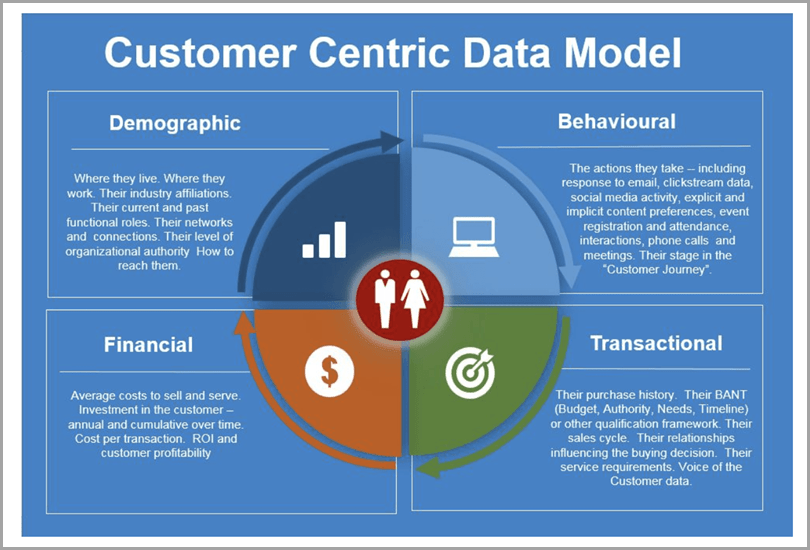How to Align Product, Marketing, and Sales Goals in 2022

The new year is here, which means businesses are reevaluating goals, budget constraints, and roadmaps for the upcoming year. It’s an excellent opportunity to redirect company efforts and eliminate inefficiencies. Unfortunately, in most cases, product, marketing, and sales goals are far from aligned as department heads compete with one another for resources or priority.
It’s a story almost as old as time. Product creators continually want to innovate and make the best product possible. Meanwhile, your marketing team wants to increase visibility no matter the cost. Your sales department may wish to do whatever is most profitable in the short term, even if that doesn’t gel with the needs of other teams.

Although these goals seem inherently opposed, there are ways to make them work together. Just as you must align goals with business partners , so too must you focus on internal alignment. Done properly, your product, marketing, and sales goals can be aligned for a fantastic 2022. Let’s break down how you can do just that.
Individual balancing strategies will vary from place to place. However, all executives should focus on one key effort to ensure smooth changes : strong communication. Too often, teams within the same organization fail to communicate, leading to confusing goals and misappropriated efforts. Let’s explore how to avoid these issues.
To get started aligning your product, marketing, and sales goals for the coming year, make sure that there are clear communication channels between different departments. Your department heads should not have to go through you to send a message to the other teams.
For instance, say that your market research team takes note that there has been a 50% rise in the number of people applying for comprehensive insurance plans. This could be an invaluable opportunity for quarterly growth if the other two pillars of an insurance organization get on board. This needs to be communicated to product design teams and sales staff so everyone can benefit from the insight.
As an executive, you need to make it easy for your sales team to communicate this information to the others in your company through tools like workplace conferencing software. Even if they’re remote, schedule weekly meetings for sharing insights, goals, and departmental challenges. Strong project management platforms are also crucial for collaborative success.
Most importantly, each team needs to explain why what they prioritize is important to the others. This may involve significant coaching on your part. But if the sales team doesn’t explain why jumping on a short-term opportunity is important to the product team, for example, the product team will struggle to get on board.
Many of the most successful companies, including Google and Amazon, have seen fantastic cohesion from all three department types. How? By realigning goals in each department to focus on customers above all else.

Each department can easily realign its goals or ambitions to emphasize what they bring to the end customer experience. For example:
- The product team should strive to create products that offer a top-tier customer experience.
- The marketing team must bring the best value proposition to your target audience, rather than marketing to the general audience.
- The sales team must aim to keep customers happy and satisfied, not generate short-term profits without considering customer retention.
When done properly, each team will realign its objectives and see how they contribute to overall customer satisfaction for your company. Once each team aligns for a customer-focused endpoint, you might see increased communication between these departments and better coordination.
Say that your product team wants to revamp your online platform. According to recent surveys, over 70% of online customers report favoring using a credit card for online transactions. Attention to this impacts the customer’s experience, which impacts sales, marketing, and more.
Your designers want to improve the payment process on your platform to make it easier for repeat customers to pay automatically. When the product team brings this need up in a departmental meeting, the sales and marketing teams understand why it takes precedence. By emphasizing the importance of the customer experience, your product, marketing, and sales goals will be much more aligned and your business will be better positioned to serve customers.
The different departments for product creation, marketing, and sales would see increased returns on their efforts if they understood how each department depended on the other. Consider a few examples.
Your marketing team works with sales and analytics to determine which aspects of your company’s products are most attractive and important to those who buy them. The marketing team takes this information and uses it to revamp their attraction marketing campaign , collaborating with product design to offer a free tier service that earns you major leads.
Your product team pools their efforts with marketing strategies, learning what customers desire and what pain points were present with the last product iteration. They discover a niche underserved area and are able to create a much better product than they would otherwise by following their previous intuition.
Your sales team works with the product team to advertise new products or services accurately and show how they work. When customers purchase the product, they aren’t disappointed and they don’t feel as though they have been falsely advertised to. Sales teams take these explanations to boost their sales scripts and improve customer trust and satisfaction.
In essence, each department is truly dependent on the other for maximum performance. Odds are most executives know this intrinsically – you just have to put it into practice. If you want your business to not only survive but thrive in the competitive marketplace, your product, marketing, and sales teams must understand this. Once each team’s goals are aligned, your enterprise will be more efficient and more successful than ever.
At the end of the day, product, marketing, and sales goals are the same: foster financial success for the company. But too often, teams within an organization compete against one another for limited time and resources, weakening the enterprise as a whole. By taking the end-of-year opportunity to realign expectations and goals, you can significantly improve communication in your organization and get each team working together.
Guest author: Nahla Davies is a software developer and tech writer. Before devoting her work full time to technical writing, she managed — among other intriguing things — to serve as a lead programmer at an Inc. 5,000 experiential branding organization whose clients include Samsung, Time Warner, Netflix, and Sony.
The post How to Align Product, Marketing, and Sales Goals in 2022 appeared first on Jeffbullas's Blog.

